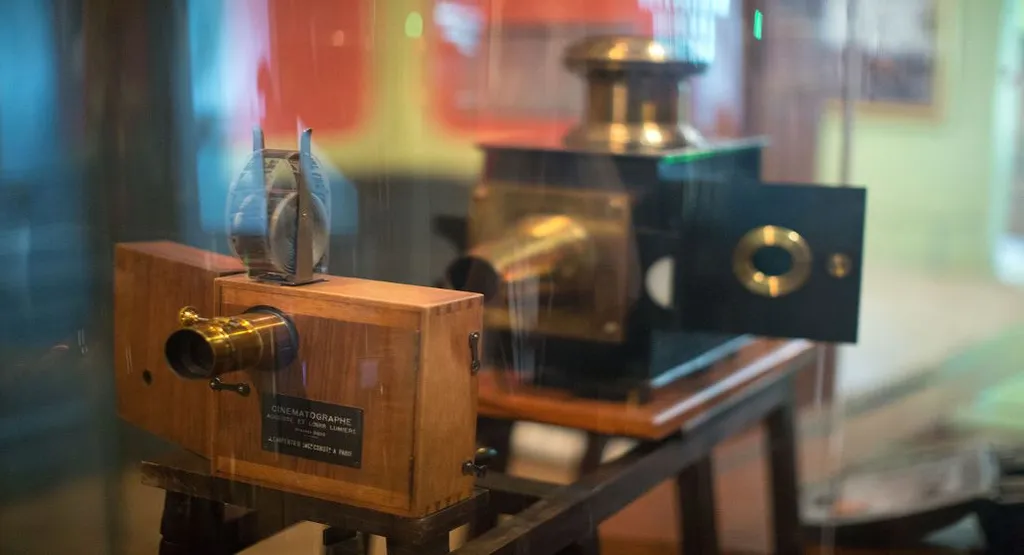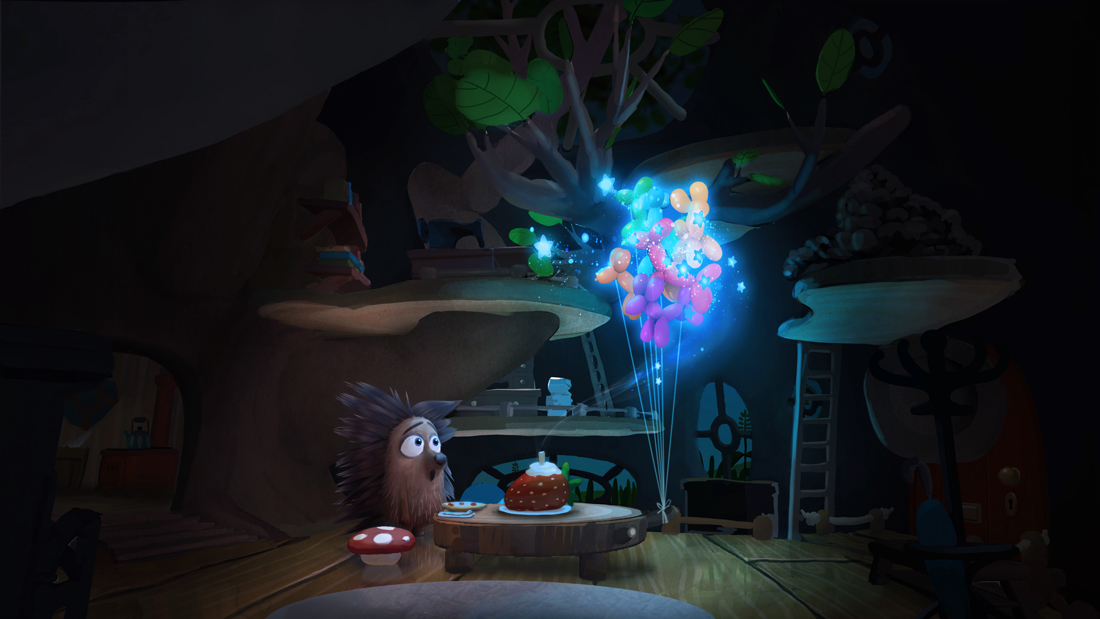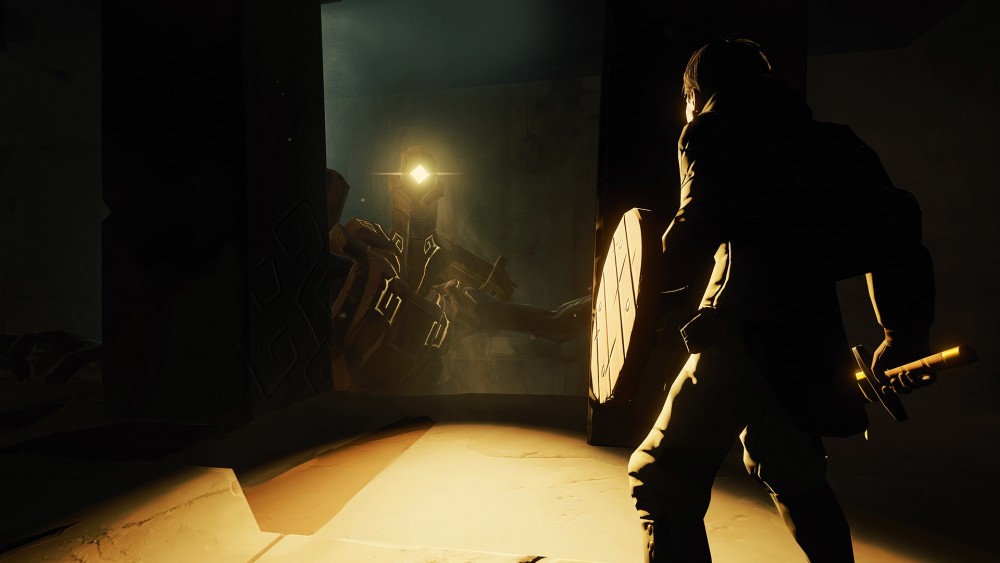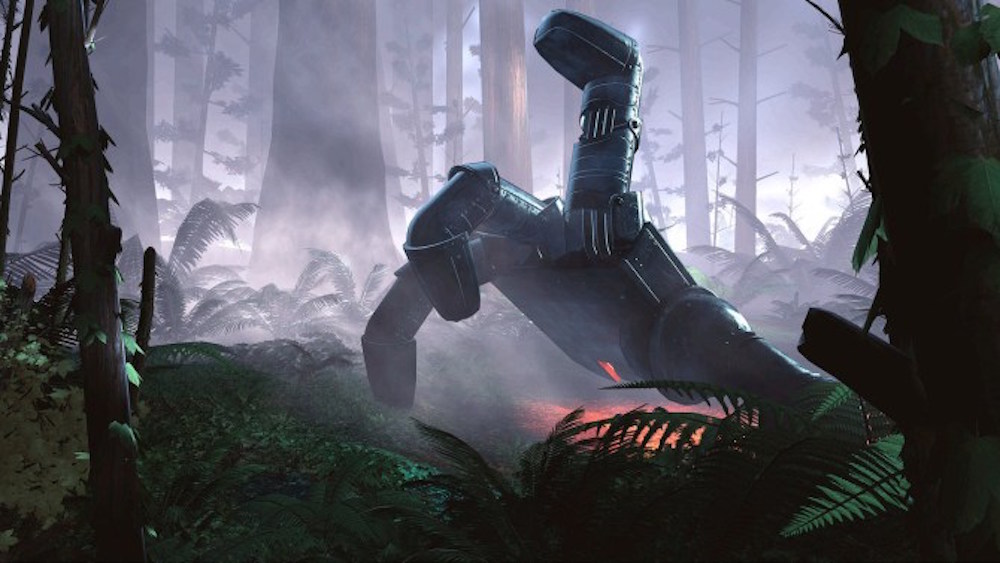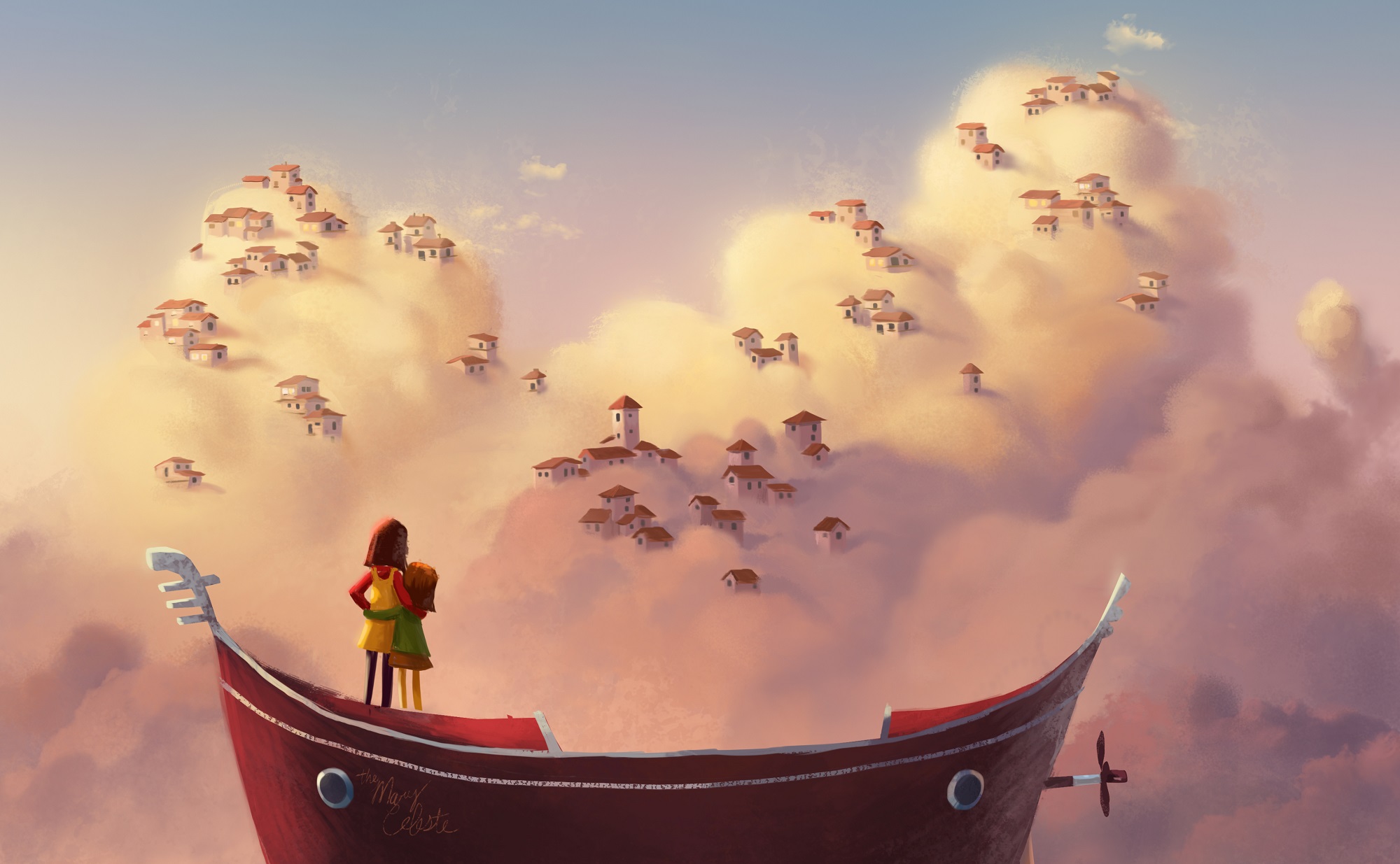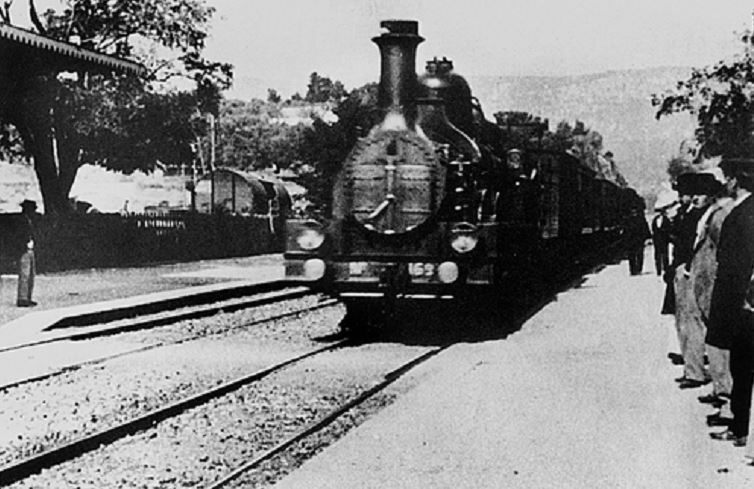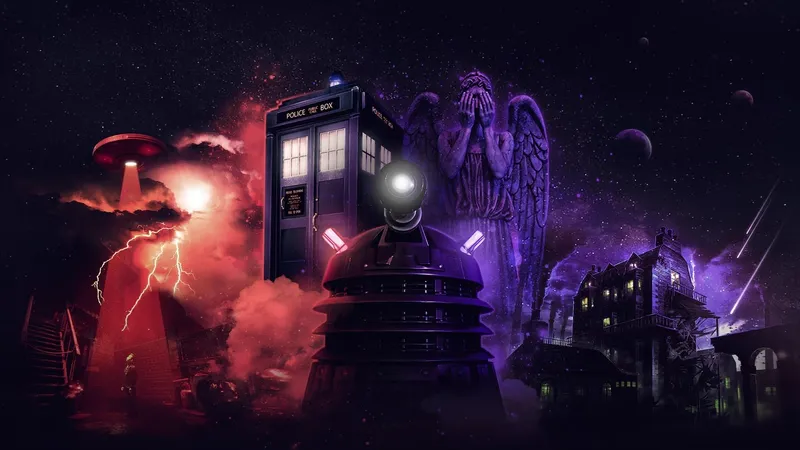In December of 1895, Georges Méliès, a Parisian stage magician, became obsessed with a new technology. The cinematograph, a device for capturing and projecting moving images, fired his imagination, but its creators, the Lumières, refused to sell him one. So Méliès spent a year designing and building his own camera. He taught himself to develop and print film. He constructed a studio, assembled a production team, and recruited actors. Together they produced over 500 short films, full of creativity and spectacle. They also discovered dozens of new cinematic techniques in the process. Film, they came to realize, was more than “stage plays projected on a wall.” It was a whole new medium, with new constraints and new abilities.
Today’s VR storytellers find themselves in the same challenging position as Méliès. Like film before it, VR is a new medium, demanding new techniques for conveying time compression, simultaneous action, locomotion, scene transition, and more. Much as the early pioneers of film did, early storytellers in VR must work within tight technical constraints, and must frequently construct their own tools in the process.
Creating Inside The Box
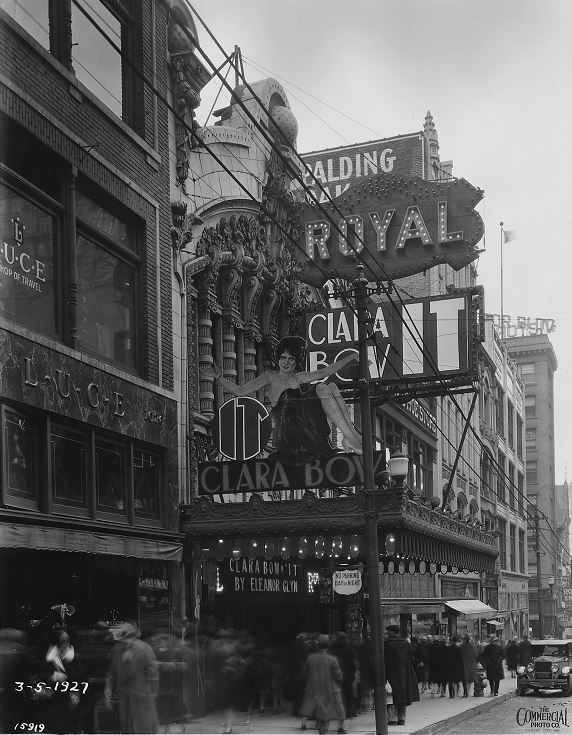 The modern cinematic toolkit is full of tricks and techniques which seem obvious in retrospect. Each represents a battle won by some early filmmaker, struggling against the limitations of the medium. Cuts, cross-cuts, and dissolves appeared quickly, introduced by Robert Paul and James Williamson in film’s first few years. Discovery of other techniques took a decade or more. Tracking shots, popularized by Giovanni Pastrone in Cabiria, first appeared in 1912. Clarence Badger pioneered the use of zoom shots in 1927’s It, the film which made Clara Bow the “It Girl,” but the technique wouldn’t find mainstream use until 1960s French New Wave.
The modern cinematic toolkit is full of tricks and techniques which seem obvious in retrospect. Each represents a battle won by some early filmmaker, struggling against the limitations of the medium. Cuts, cross-cuts, and dissolves appeared quickly, introduced by Robert Paul and James Williamson in film’s first few years. Discovery of other techniques took a decade or more. Tracking shots, popularized by Giovanni Pastrone in Cabiria, first appeared in 1912. Clarence Badger pioneered the use of zoom shots in 1927’s It, the film which made Clara Bow the “It Girl,” but the technique wouldn’t find mainstream use until 1960s French New Wave.
VR storytelling, still in its infancy, lives within the constraints of its limited toolkit. Lost and Henry, the first VR shorts from Oculus Story Studio, each play out in a single scene, in a single location, in real-time. These are restrictions Méliès and his contemporaries would have found entirely familiar.
While film can make use of close-ups, pans and zooms to direct a viewer’s attention, VR has little access to these techniques. Forced camera motion can destroy VR’s fragile sense of presence, and also induces nausea in many viewers. VR storytellers have, so far, largely drawn from the tools of stagecraft, using light, sound, and motion direct the viewer’s gaze.
But more robust, VR-specific techniques are emerging to supplement these older methods. Colosse, directed by Nick Pittom, makes use of gaze-driven triggers to control the flow of the story. If a viewer is looking away when an important event is about to happen, that event will wait to unfold until the viewer’s gaze returns to the proper direction. “We can also move events from where a viewer is ignoring to where the viewer is paying attention,” Pittom elaborates in an interview, “or alter the events completely.”
Read More: Why Personal Space is One of VR’s Most Powerful Storytelling Tools
Pittom’s team is experimenting with other narrative choices unavailable in film. “I often consider how, rather than directing the viewer towards events, I can direct the events around the viewer,” he says. “Maybe it’s okay to have more than one event happening at any one time and allow the viewer to decide what is important to them. As VR storytelling evolves, we’re going to be able to walk the line between interaction and storytelling.”
While much pioneering work on VR’s narrative language is being done in traditional storytelling, game designers must also tackle some of VR’s thornier editing challenges. Building off of camera work each had done previously, Gunfire Games and Oculus Studios collaborated on a new type of transition for Chronos. “The camera system utilized in Chronos breaks many of the traditional rules you would typically find in film,” says Richard Vorodi of Gunfire Games.
In film, if an actor reverses direction when exiting one shot and entering the next, the result is a jarring break in continuity. In Chronos, when a player’s avatar moves between rooms, the player’s 3rd-person perspective jumps from a camera in the first room to a camera in the next. This perspective change can reverse the relative direction of the avatar’s motion.
But in VR, unlike film, the reversal produces no ill effects. Vorodi elaborates: “We found that with interactive VR, as long as the [avatar’s] position remained the same while exiting and entering shots, we could make just about any transition that was required for compelling gameplay.”
Expanding the Palette
Early filmmakers gave up a great deal moving from stage to film: color, sound, depth, and the interplay of energy between audience and actors. But film is also capable of things which are impossible in theatrical work. Location shooting lets filmmakers make the world their stage. Close-up shots bring the audience near enough to see and appreciate nuanced performances. Cross-cutting gives filmmakers a tool to show simultaneous action in multiple locations.
And camera tricks such as double exposures, substitution cuts, and running film backwards (all staples of Méliès films) allow for effects impossible to produce on stage.
Read More: Ultimate Beginner’s Guide to VR Storytelling
VR, in turn, has capabilities that extend beyond what is possible on film. The giant robot in Lost makes jaw-dropping use of VR’s superior sense of scale. In Henry, VR’s shared space and intimacy convert what would be a slapstick fall “on screen” into a moment of sad empathy “in person.” And without a fourth-wall to break, Henry’s eye contact with the audience feels genuine.
“The early days of cinema over a century ago was an era of incredible artistic freedom and technological progress,” says Eugene Chung, Founder & CEO of Penrose Studios. “Established studio systems and conventions did not exist, and therefore, artists and technologists weren’t constrained by the need to sell to a broader audience. They were free to explore. With the emergence of VR, we’re seeing a similar pattern of artistic freedom and rapid technological progress.”
Penrose Studios has done pioneering work in not only allowing the viewer to move within the scene but compelling them to do so in order to follow the narrative. In Penrose’s first film, the 5-minute The Rose & I, the main character lives on a tiny planet suspended in front of the viewer. When the action of the story takes him to the far side of his planet, the viewer must lean or walk around it to see what happens next. The studio takes this even further in its second release, Allumette, a 20-minute animated narrative that is one of the longest VR films of its type. The film held its red carpet World Premiere at the Tribeca Film Festival in April.
“With Allumette, we wanted to craft a full, emotionally-engaging story that was longer than anything we had attempted before,” says Chung. “The first films in the 1890s were only a few seconds long, then a few years later came The Great Train Robbery at 12 minutes. Eventually, over time, creators figured out that feature length films could actually work. In VR, the sweet spot of length of time for an experience is still under question, but we’re making strides towards figuring it out.”
The Road Ahead
Most VR storytellers are aware that the medium is still in its Georges Méliès period. Eugene Chung (who also cofounded Oculus Story Studio) opened the VR Filmmaking panel at the first Oculus Connect with a screening of the Lumière Brothers’ Arrival of a Train at La Ciotat. And, perhaps knowingly, Oculus hosted Connect in a hotel interlocked with a full-scale replica of the Babylon set from D.W. Griffith’s Intolerance (1916).
It took filmmakers a decade to master enough of their craft to attempt the first feature length film (Charles Tait’s The Story of the Kelly Gang, 1906), and it would be many years more before film would mature and achieve greatness. VR may not yet be capable of producing its own Citizen Kane, but the medium’s Lumières, Méliès, and Blachés are working tirelessly to create the tools which will one day support one. And we get to share in their joy of discovery as they each take us on their own Trip to the Moon.

